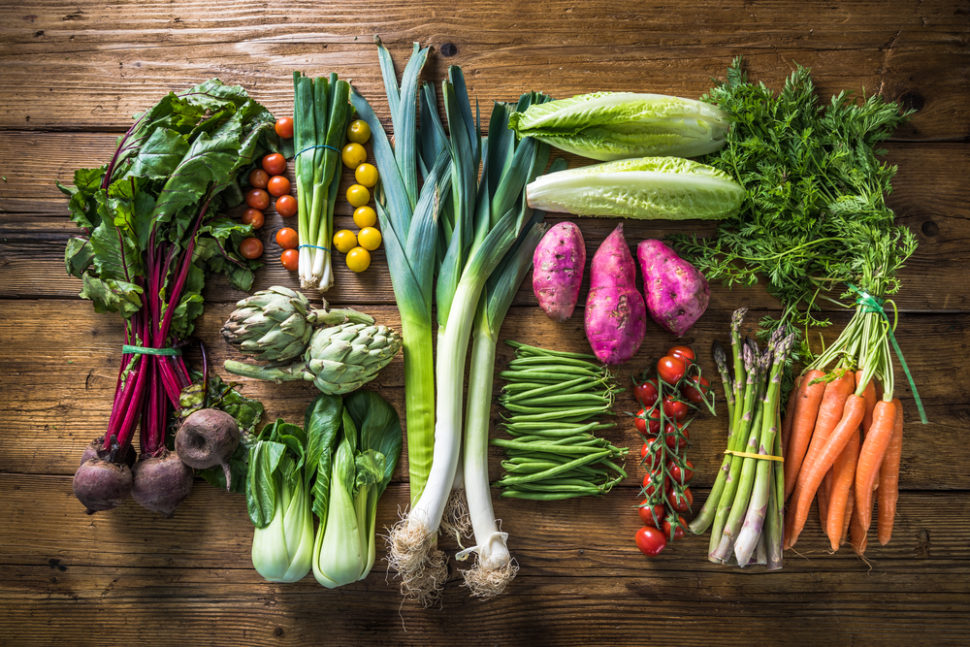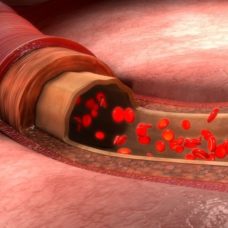Researchers from MIT have developed a genetic tool that reportedly makes plants more resistant to extreme conditions like drought and fungal infections.
This tool utilizes a nanotechnology genetic modification method that can be applied to different plant species. At the moment, the team has already tested the method on watercress, tobacco, spinach, arugula, and Arabidopsis thaliana.
MIT’s Professor of Chemical Engineering Michael Strano was quoted as saying:
“This is a universal mechanism that works across plant species.”
According to Strano, their newly developed strategy could make it easier for plant biologists to conquer difficulties associated with genetically modifying plants.
To date, genetic modification of plants remains a complex and time-consuming process requiring customization based on each individual plant species.
Nam-Hai Chua, one of the senior authors of the study from the National University of Singapore, said:
“This is an important first step toward chloroplast transformation. This technique can be used for rapid screening of candidate genes for chloroplast expression in a wide variety of crop plants.”
The Genetic Tool
Strano and his colleagues built this new genetic tool based on a previous study they conducted on how nanoparticles can penetrate plant cell membranes. The team discovered that such a feat is possible by tuning the size and electrical charge of the nanoparticles.
Called lipid exchange envelope penetration (LEEP), the method enabled the MIT researchers to create glowing plants by embedding light-emitting proteins into their leaves using nanoparticles.
After testing LEEP on plants, they then realized it could genetically engineer plants; specifically to deliver genes to chloroplasts. According to the team, instead of inducing a plant nucleus, getting into its chloroplasts could generate more of any desired protein. Strano said:
“Bringing genetic tools to different parts of the plant is something that plant biologists are very interested in. Every time I give a talk to a plant biology community, they ask if you could use this technique to deliver genes to the chloroplast.”
Reaching the Chloroplasts
The MIT researchers created nanoparticles made up of chitosan-wrapped carbon nanotubes. The positively charged carbon nanotubes then bound loosely to the negatively charged DNA.
The scientists then injected a nanoparticle solution into the lower side of the leaf’s surface. From there, the particles entered the leaf through the stomata, the part of a plant responsible for controlling water evaporation.
Once inside the leaf, the nanoparticles went through the cell wall of the plant, the cell membranes, then the double membranes of the chloroplasts. The nanoparticles then released the DNA which transformed into proteins.
Strano and his team now hope that their new genetic tool will help biologists to genetically engineer desirable traits for crops and vegetables.



















Comments (0)
Most Recent